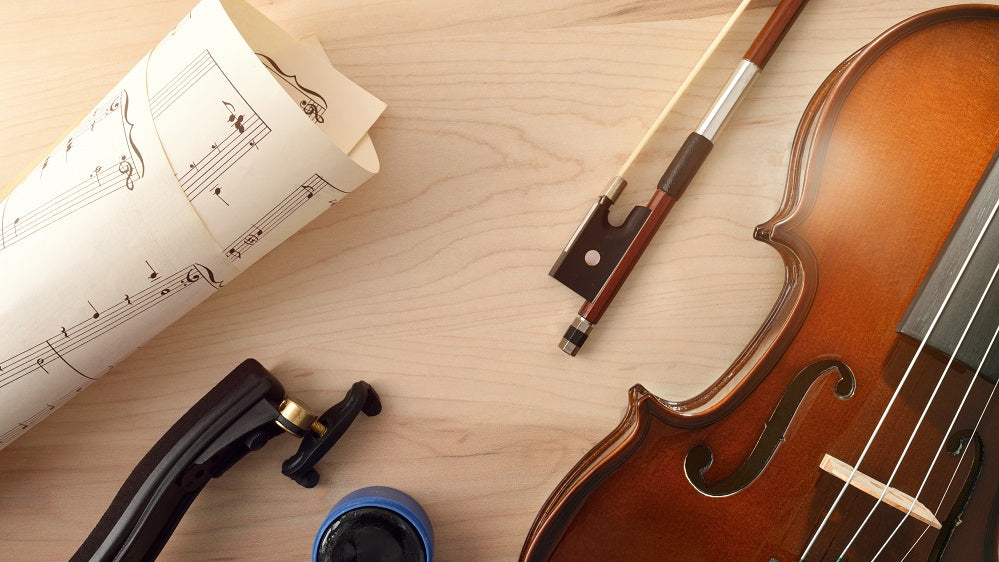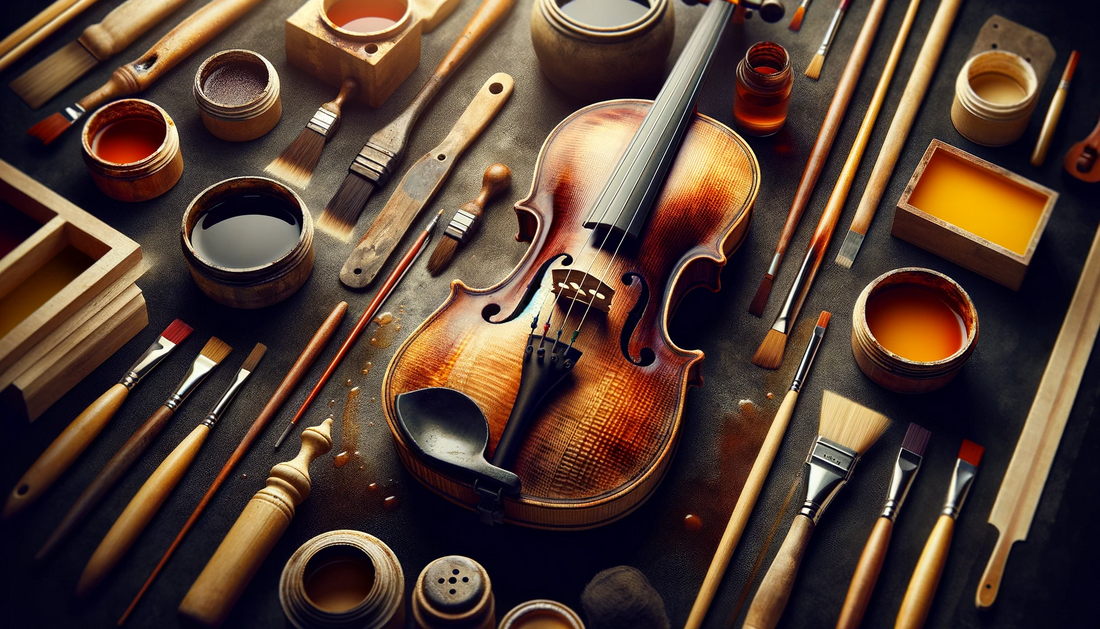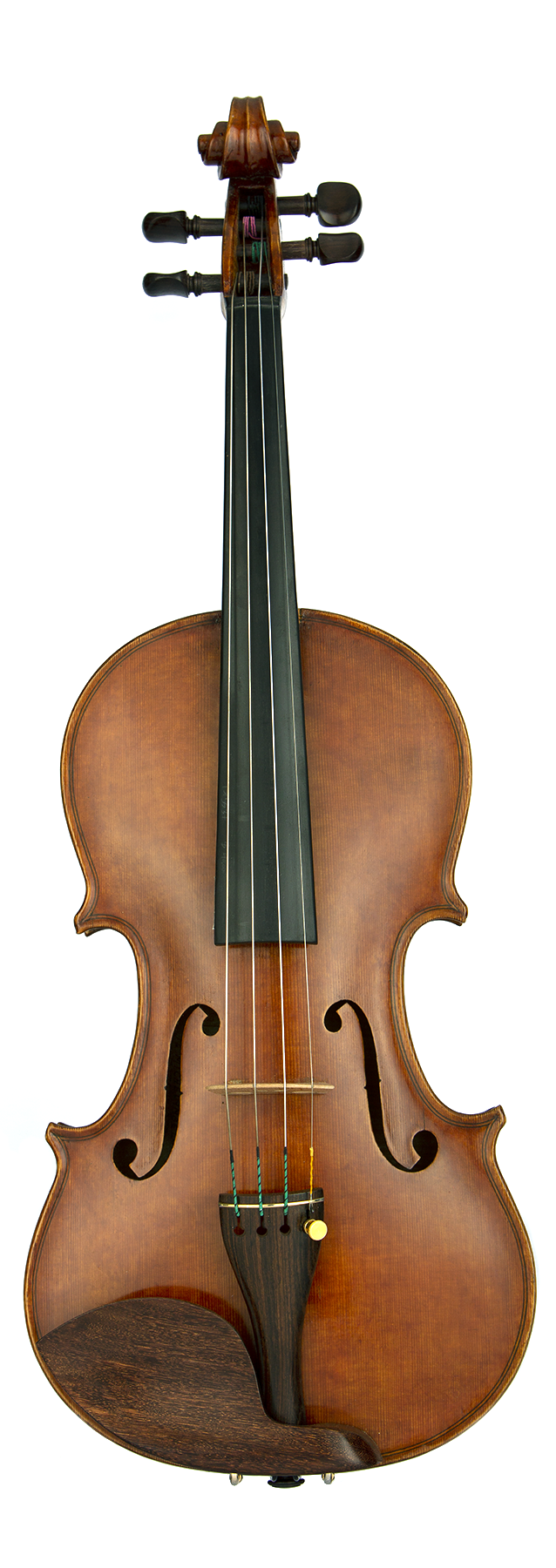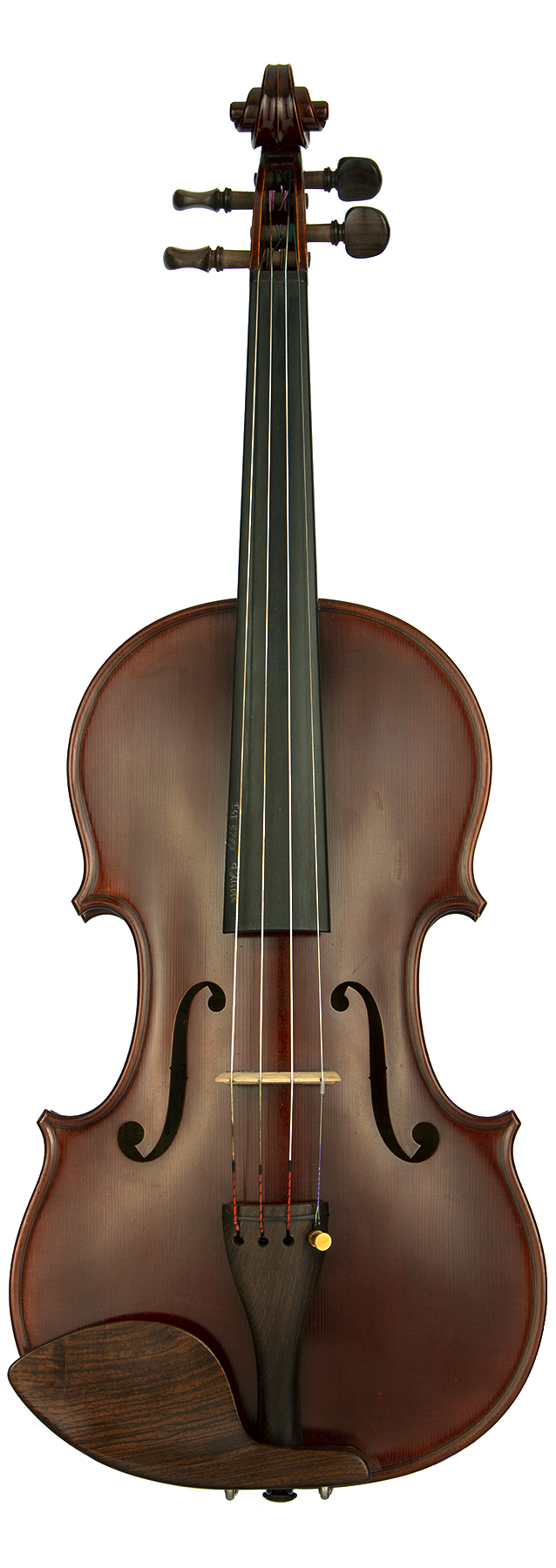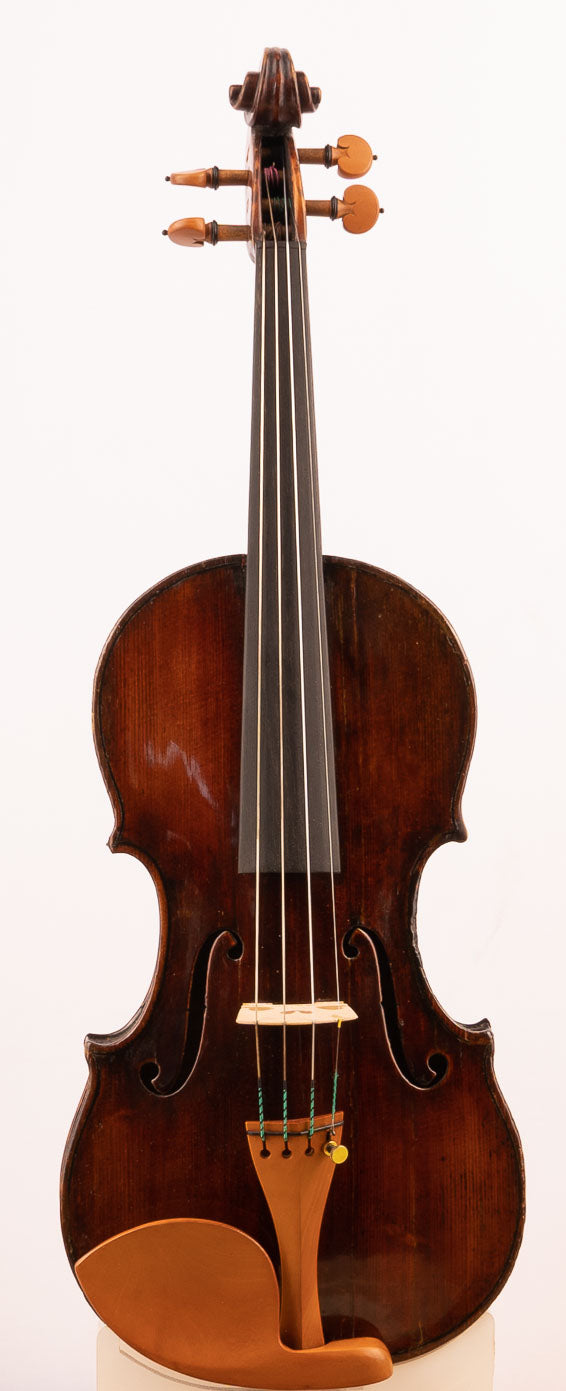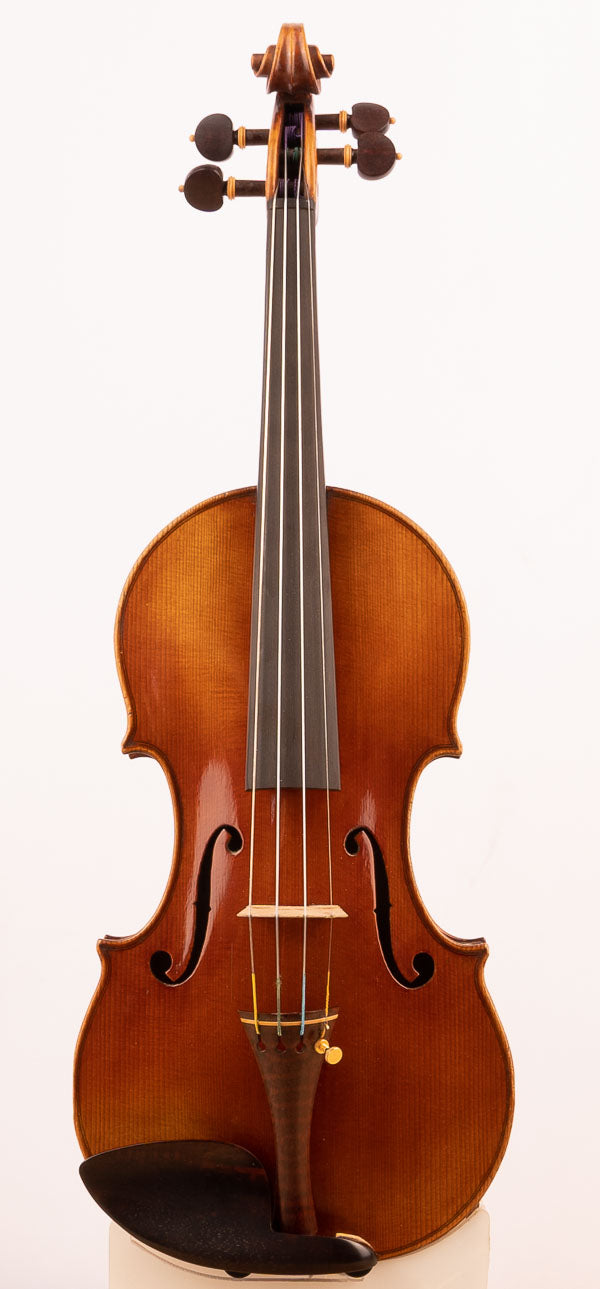Varnishing a violin is not just a final touch in its creation; it's a critical process that embodies the essence of both art and science in violin making. My journey as a luthier has taught me that varnish does much more than just protect the wood; it's a vital component that contributes to the instrument's sound quality and aesthetic beauty.
The Art of Applying Varnish
The process of applying varnish is an art form that I learned over many years, filled with both challenges and revelations. The choice of varnish – oil or spirit-based – and the method of application can profoundly affect the tonal qualities of the violin. I remember my first attempt at varnishing a violin; it was a painstaking process where every brushstroke felt like a decision that could enhance or diminish the instrument's voice. The blend of resins, oils, and pigments, each component was a variable that could alter the final outcome. The varnish had to be thin enough to not dampen the wood's natural resonance, yet sufficient to protect it from the elements. Achieving this balance was a skill that I honed over countless hours in the workshop.
The aesthetic aspect of varnish is equally significant. The color and texture of the varnish contribute to the violin's visual appeal. Each luthier has their unique recipe and technique, which can be a closely guarded secret, passed down through generations. The nuances in the hue, the depth of the gloss, and the subtle antiquing effects are all elements that distinguish a masterfully varnished violin. My mentor used to say, "The soul of the violin is in its sound, but its heart is in its appearance." This statement resonated with me as I experimented with different pigments and techniques to achieve the ideal appearance for my violins.
Varnish and Sound Quality
Beyond aesthetics, the varnish plays a crucial role in the sound quality of the violin. The elasticity and thickness of the varnish layer can influence the wood's vibrational properties. Early in my career, I conducted experiments with different varnish formulations, observing how they affected the sound. One particular violin, which I varnished with a lighter formula, produced a noticeably brighter tone compared to its heavier-varnished counterparts. This experiment was a practical lesson in how varnish can be used to fine-tune the instrument's voice.
The historical aspect of varnish in violin making is fascinating. The revered violins of Stradivari and Guarneri were not just known for their craftsmanship but also for their distinctive varnish. The exact composition of Stradivari's varnish is still a subject of debate among luthiers and researchers. This mystery adds to the allure of antique violins and inspires modern makers to explore and recreate historical varnish recipes.
A Continuous Learning Process
The journey of mastering varnish application is ongoing, with each violin presenting a new opportunity to explore and refine this art. Environmental factors such as humidity and temperature play a significant role in how the varnish cures, adding another layer of complexity to the process. In my workshop, maintaining the right conditions for varnishing is as important as the application technique itself.
The Interplay of Tradition and Innovation
In recent years, there has been a growing interest in eco-friendly varnishes, a response to the increased awareness of environmental sustainability. This shift has led to innovations in varnish formulations, challenging luthiers to adapt traditional methods to modern standards. My exploration into eco-friendly varnishes has been a journey of trial and error, balancing the need for environmental responsibility with the demands of preserving the violin's tonal integrity and aesthetic beauty.
In Conclusion
The role of varnish in violin making is a testament to the intricate interplay between form and function, tradition and innovation. It's a component that demands as much attention and skill as any other in the crafting process. For aspiring luthiers, understanding and mastering the art of varnishing is essential in the creation of violins that are not only visually stunning but also rich in sound. As I continue my work, each stroke of varnish is a reminder of the legacy I am part of, a tradition that dates back centuries, and a craft that continues to evolve and inspire.
